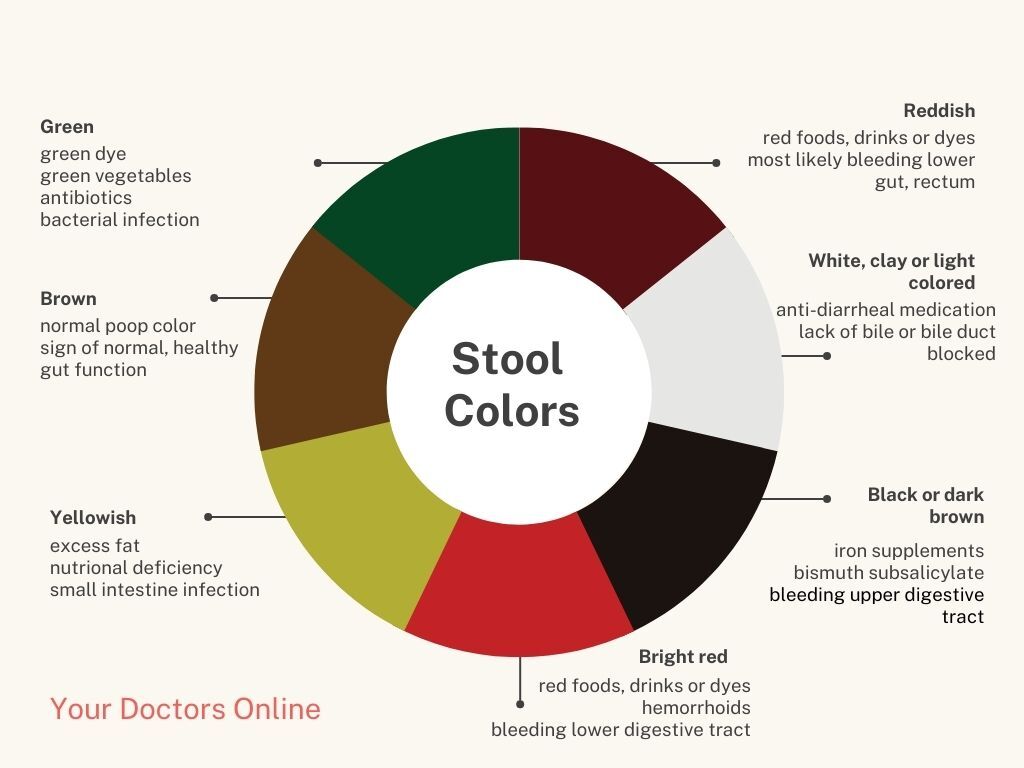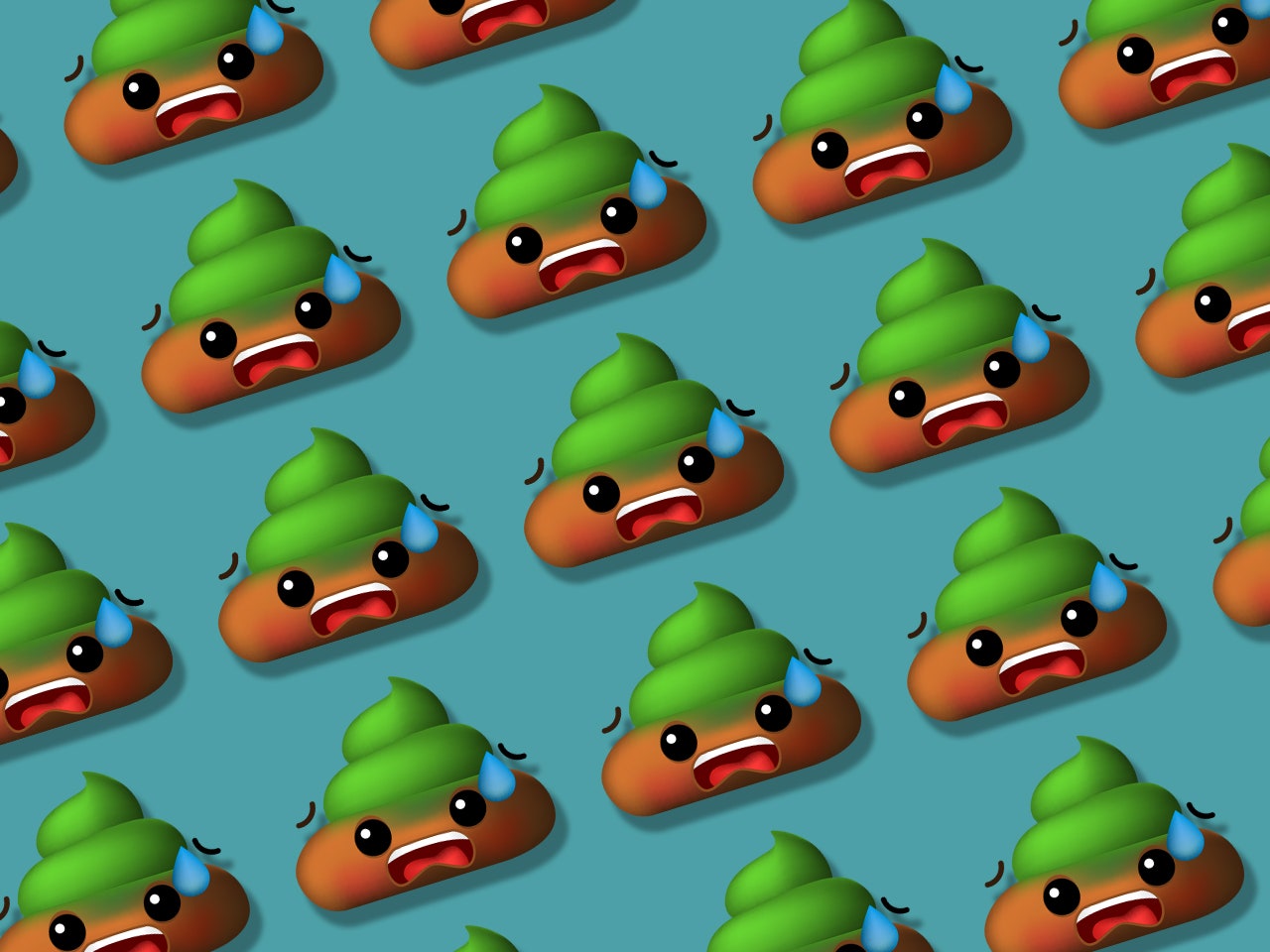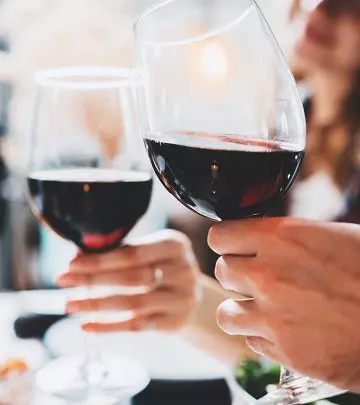Have you ever noticed a startling shade of green on your stool after enjoying a glass of red wine? This unexpected color change can cause concern, but fear not!
In this article, we’ll delve into the fascinating reasons behind this phenomenon, exploring Why Is My Poop Green After Drinking Red Wine. We’ll uncover how the combination of red wine’s unique components and your digestive system can lead to this green surprise.
Understanding Digestion and Stool Color Changes

Digestion is a fascinating process! It all starts in your mouth, where chewing breaks down food. The journey continues through the esophagus, stomach, and small intestine. Along the way, enzymes and acids are released to transform food into tiny molecules your body can absorb.
There are many reasons why your stool color might change. One factor is what you eat and drink. Red wine, for example, contains tannins and artificial coloring that can affect stool color. It can also alter the good bacteria in your gut, leading to further changes.
Green Stool After Red Wine:
Green stool after red wine is usually harmless and temporary. However, pay attention to other symptoms like diarrhea or stomach pain. If you’re concerned, consult a doctor.
Factors Affecting Stool Color Changes
A Range of Influences:
Many factors can influence stool color changes. Here are some key ones:
- Diet: Brightly colored foods (beets, leafy greens) and artificial coloring can cause variations.
- Medications: Iron supplements and some antibiotics can affect stool color.
- Digestive Disorders: Malabsorption or liver disease can impact bile production, leading to stool color changes.
Why Your Poop Might Be Green After Red Wine

A variety of things can cause green poop, and red wine might be one of them. Certain foods, food coloring, and even how quickly things move through your digestive system can all influence stool color.
One common culprit is bile. This yellow-green fluid, produced by your liver, helps break down fats. Normally, bile gets absorbed as food travels through your intestines. But if it moves too quickly or isn’t fully absorbed, it can leave a greenish tinge on your stool. This is usually temporary and nothing to worry about.
Red Wine’s Role in Stool Color
Red wine itself can contribute to green stool in a few ways. Tannins, a natural compound found in red wine, can affect digestion and speed up food movement. Additionally, some red wines use artificial coloring, which can also show up in your stool.
When to See a Doctor
While occasional green poop after red wine is likely harmless, there are some situations where you should see a doctor:
- The green stool persists for several days.
- You experience other symptoms like stomach pain, diarrhea, or vomiting.
- You have bloody stools.
If you’re concerned about your stool color or any digestive issues, it’s always best to consult a healthcare professional for proper evaluation.
Green Stool After Red Wine: What’s the Deal?

Ever noticed your stool turn green after enjoying a glass (or two) of red wine? You’re not alone. While it might be surprising, green stool after red wine consumption is usually nothing to worry about. Here’s a breakdown of the two possible culprits:
1. Tannins and Coloring:
- Red wine naturally contains tannins, which are compounds found in grape skins and seeds. Tannins can be difficult to digest and may alter stool color. They can also have an astringent effect, influencing the pigments in your stool and leading to a greenish hue.
- Some commercially produced red wines might also contain artificial coloring agents. These additives can sometimes contribute to changes in stool color as well.
2. Gut Bacteria and Bilirubin Breakdown:
- Red wine can temporarily alter the delicate balance of bacteria in your gut. This shift in gut flora can affect how your body processes bilirubin, a yellowish substance produced from the breakdown of red blood cells.
- Normally, gut bacteria help break down bilirubin, giving stool its characteristic brown color. However, when gut bacteria are disrupted, bilirubin may not be fully metabolized, leading to greenish stool.
Greening After Red Wine? Here’s How to Recover and Prevent It

Consuming red wine can sometimes lead to changes in stool color, including green. Here’s what you can do to address it and prevent it from happening again:
Remedies for Green Stools:
- Hydration is Key: Drinking plenty of water helps keep your digestive system functioning smoothly. Aim to stay hydrated throughout the day, especially after consuming red wine.
- Fiber Up: Eat plenty of fiber-rich fruits, vegetables, and whole grains. Fiber helps regulate bowel movements and can promote normal stool color.
- Reduce Alcohol Intake: If you frequently experience green stools after drinking red wine, consider limiting your alcohol consumption. This can help prevent the issue from recurring.
- Seek Medical Advice: If the green stool persists for more than a few days or is accompanied by other symptoms like abdominal pain or cramping, consult your doctor for a proper diagnosis and treatment plan.
Preventive Measures:
By following these simple steps, you can minimize the chances of experiencing green stools after enjoying red wine:
- Stay Hydrated: Consistent water intake is crucial for overall health and proper digestion.
- Increase Fiber Intake: Make fruits, vegetables, and whole grains a regular part of your diet to promote healthy bowel movements.
- Moderate Alcohol Consumption: Be mindful of your alcohol intake, especially if you notice a connection between red wine and green stools.
By incorporating these tips into your routine, you can maintain a healthy digestive system and avoid unwanted changes in stool color.
Conclusion
Effectively wrapping up your branding strategy all starts with an assessment. Analyze customer feedback and market trends to understand how your current branding efforts are performing. This will help you refine your brand messaging and positioning to better align with your target audience’s needs.
Once you’ve honed your brand message, ensure consistent application across all touchpoints. This includes your website, social media platforms, and marketing materials. Consistency builds brand recognition and strengthens your message.
The market is a dynamic beast, so be prepared to adapt. Continuously monitor your branding strategy and be willing to adjust it to stay relevant in a constantly evolving landscape.
Remember:
A strong and unique brand identity is the secret sauce to standing out from the crowd and forging connections with your customers.
References:
FAQ About Colorful Consequences: Why Is My Poop Green After Drinking Red Wine?
Q: Can red wine really turn my poop green?
A: Yes, it’s possible. The combination of compounds in red wine, like chlorophyll and tannins, can cause this colorful change.
Q: Is green poop after red wine consumption a cause for concern?
A: In most cases, no. It’s usually a temporary reaction to certain ingredients in the wine and doesn’t indicate a serious health issue.
Q: How long does the green poop last after drinking red wine?
A: The green coloration should fade in a day or two as your body processes and eliminates the wine’s components.
Q: Are there other foods or drinks that can also turn stool green?
A: Yes, certain green-colored foods like leafy vegetables, artificial food coloring, and iron supplements can also lead to green-colored stool.
Q: Should I see a doctor if my poop remains green after red wine consumption?
A: If the green color persists for more than a couple of days and is accompanied by other symptoms like stomach pain or diarrhea, it’s advisable to consult a healthcare professional.

Looking for a bar to make your new local hangout? Look no further than Smokin’ Cues, a hidden gem located in the heart of Stockbridge, GA. At our bar & restaurant, we’ve got you covered when it comes to a great time!
Come hear some great live music, catch some sports, have a few drinks, or just sit back and relax! At our pool hall, there’s always something to do.